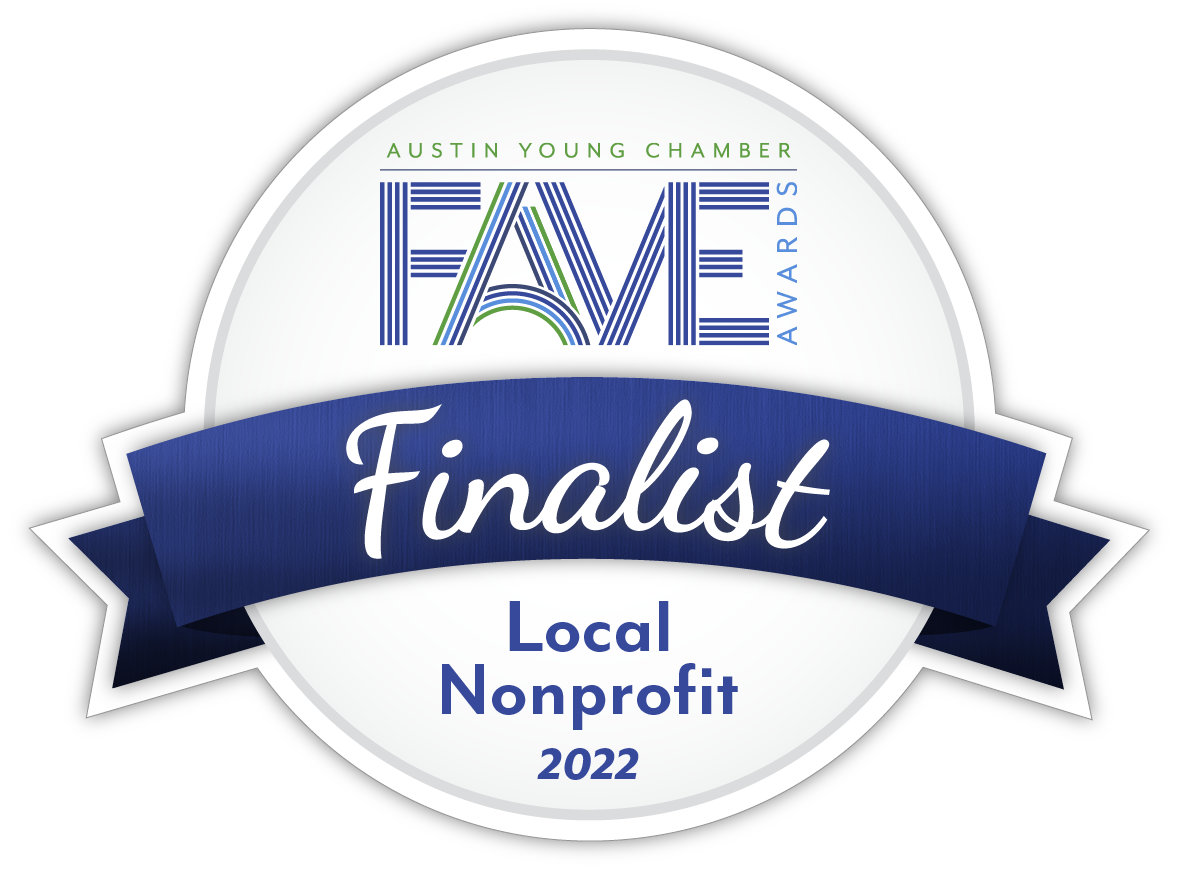Written by Collin McMichael, Education Coordinator
My colleague Russell will be very pleased to hear that this month we are doing two bugs of the month. Why? Well, he has been pestering me for a while now about doing an important member of the order Megaloptera. It had been slated for this month for some time, but then everything changed when the phylloxera attacked. Only the Bug of the Month columnist, master of the biological sciences, could solve this. But when the world needed me most, I vanished. Blame grant applications. Luckily, I can do three things at one time, like write about two bugs and reference early 2000s cartoons. Well, three it turns out since the phylloxera now has to share their spotlight with the Dobsonflies, my memes, and my quest for programmatic funding.
Honestly, I do not know why I have not written about dobsonflies earlier other than to torment my coworker through my inactivity. Dobsonflies have one of the finest appellations for their larvae out of every other holometabolous insect. The only other name that even holds a candle to them is “caterpillar” and I am too much of a hipster to think something so mainstream is still cool. Not to belabor the point, but because they deserve it, baby dobsonflies are called hellgrammites.
Hellgrammites, despite being my go-to team name for trivia night since I know way too much about bugs to play sports, are little aquatic critters. They bear the typical body plan for an aquatic insect: kind of wormy with some protrusions. They also display capable jaws and strong legs since they are voracious predators hunting in riffles, the places where two currents come together in streams. They eat other immature aquatic insects that have been stirred up in the eddies, favoring such delicacies as mayflies, caddisflies, and their ilk. Hellgrammites, however, are unlike most aquatic larvae as they have both air and water breathing organs. Hellgrammites of the eastern seaboard exhibit “hellgrammite crawlings” in which baby dobsonflies emerge en masse on the rocks of a stream during thunderstorms, possibly triggered by the thunder itself, to find a suitable hiding place for pupation.
Dobsonfly pupae are rather unlike the traditional pupae thought of by most lay people. Hellgrammites molt into exarate pupae, meaning they have fully articulated and separate legs, mandibles, and other appendages. Pupae look like wingless adults that are supposed only to thrash around in response to threats, though I know from experience that they can still bite hard enough to draw blood. Prior to pupation, a newly adult dobsonfly crawls, fully encased in its exoskeleton-cum-prison, out from under the safety of a rock or log to close into their final, winged, adult form. Here the stark differences between male and female dobsonflies come to light.
Like many insects, sexual dimorphism is common among dobsonfly adults. Females retain the strong, armored jaws of their youth, along with the ability to draw blood from unsuspecting graduate students and anyone else unfortunate enough to grab one without proper protection. Males, however, have undergone what appears to be rampant sexual selection for ever larger mandible sizes. These huge sickle-shaped mouthparts are much more frightening than they are functional, at least when it comes to chomping down on fingers. The mandibles play an important role in mating as the males use them to compete for the attention of females. Males will flutter their wings at one another and slide their mandibles under their opponent in an attempt to flip him into the air, no doubt trying to embarrass the other while showing off their own Herculean strength. Interestingly, this and the defensive capabilities of the female dobsonfly seem to be the only use adults have for their mouthparts. With a lifespan of only about a week, adults rarely eat, though they may opportunistically feed on sugary solutions like flower nectar. Before they expire, mated females will lay their eggs on leaves near streams in a mass that looks suspiciously like bird poop.
Dobsonflies are important members of aquatic ecosystems. As aquatic predators, they form what is known as the secondary consumers. Dobsonflies move the energy of the sun that has been sequestered into sugars by algae and plants, the producers, up the trophic cascade via predation mostly on herbivores, the primary consumers. This energy eventually ends up in higher tiers like fish, birds, reptiles, and mammals through subsequent predation on dobsonflies by these riparian residents. Without dobsonflies and the other invertebrate members of our aquatic communities, each of Texas’ rivers would be a wildly different world.

